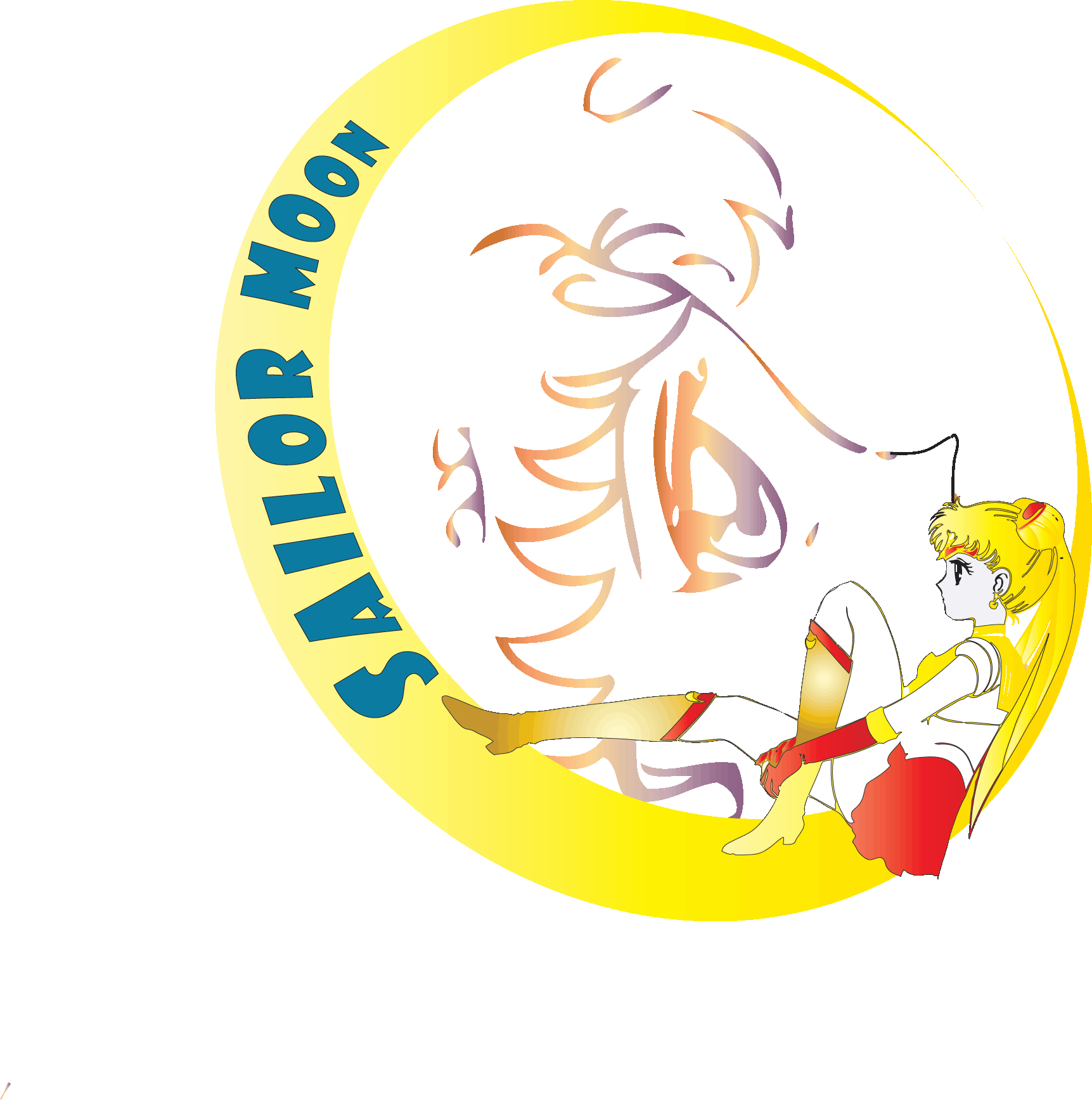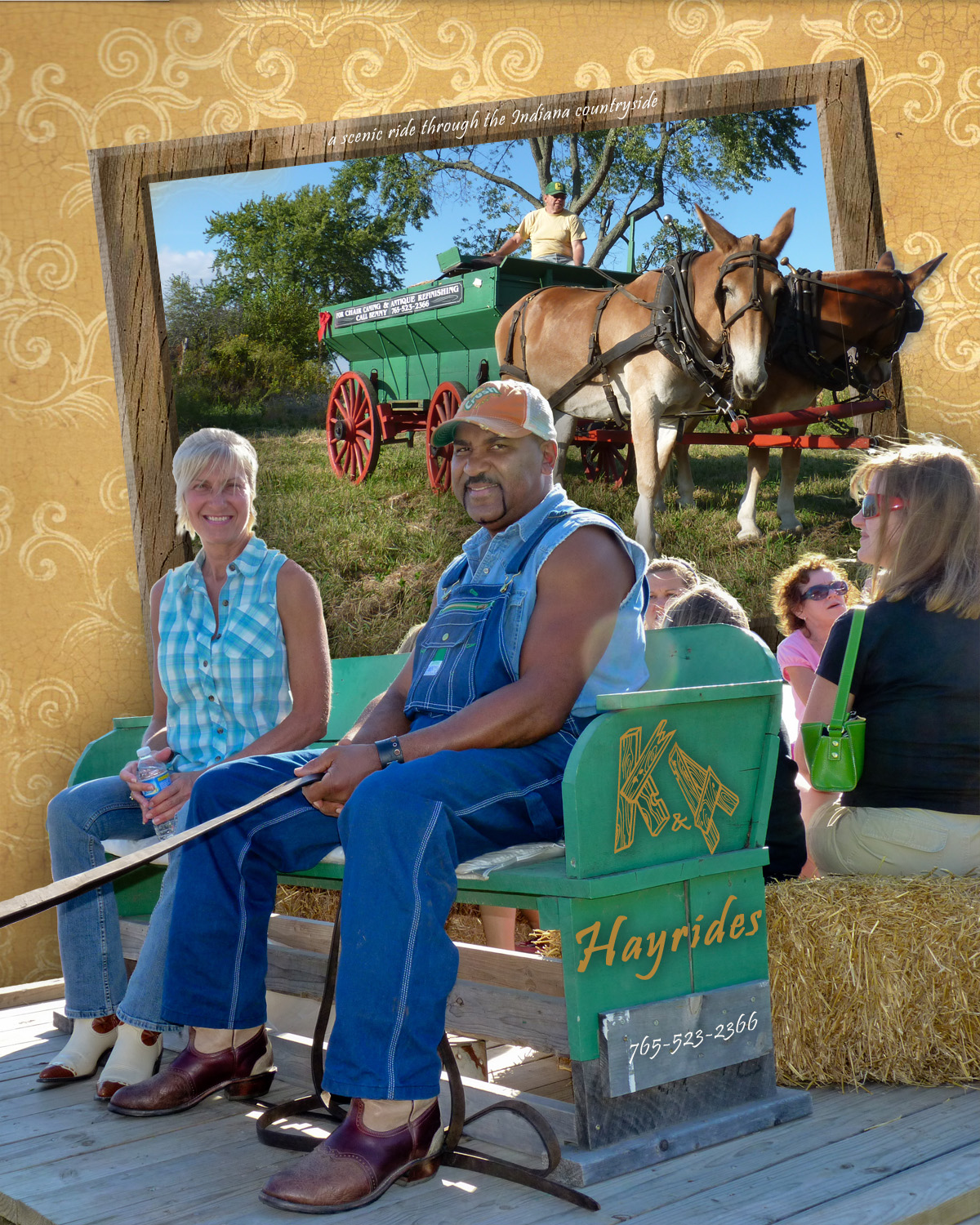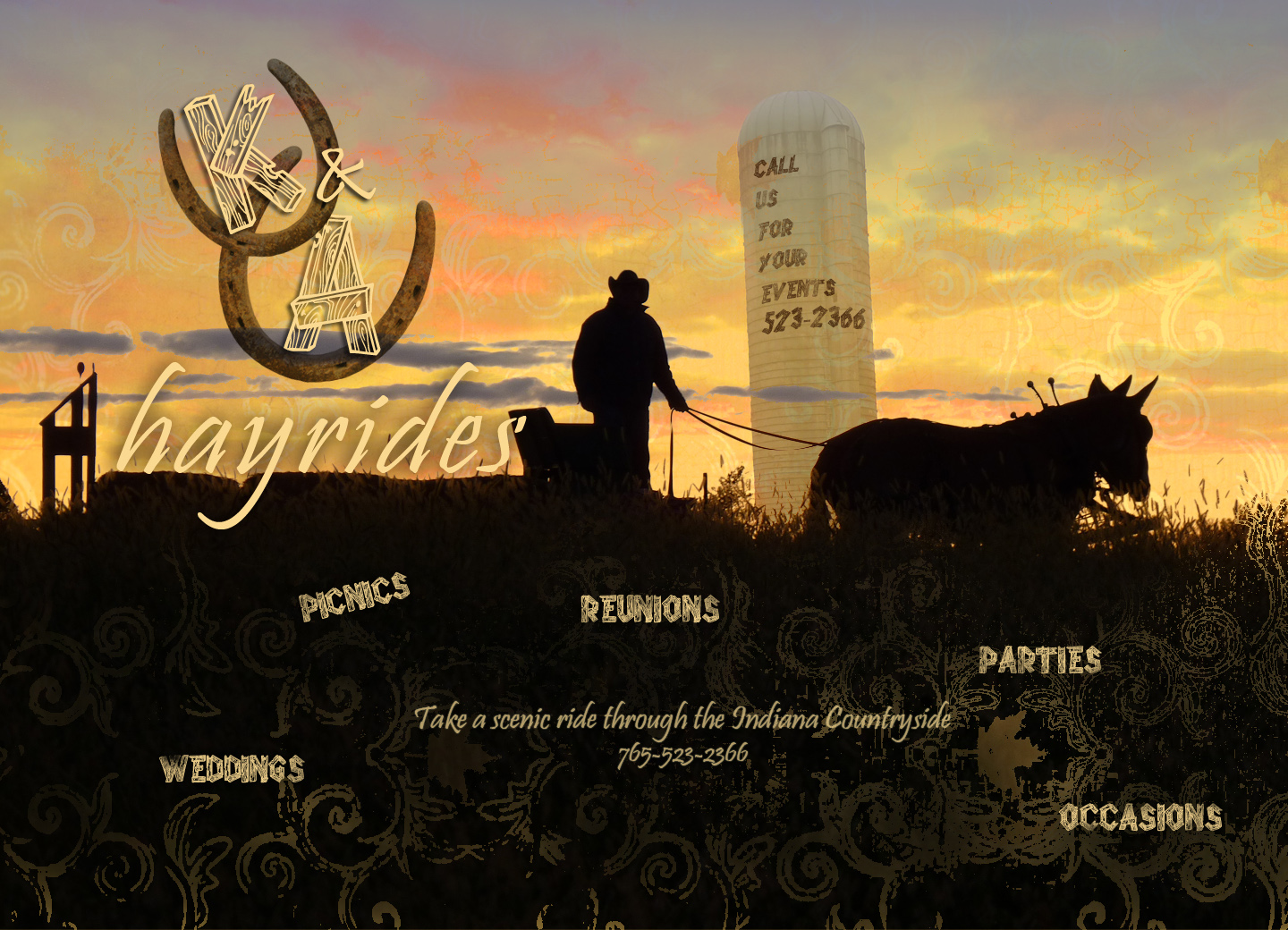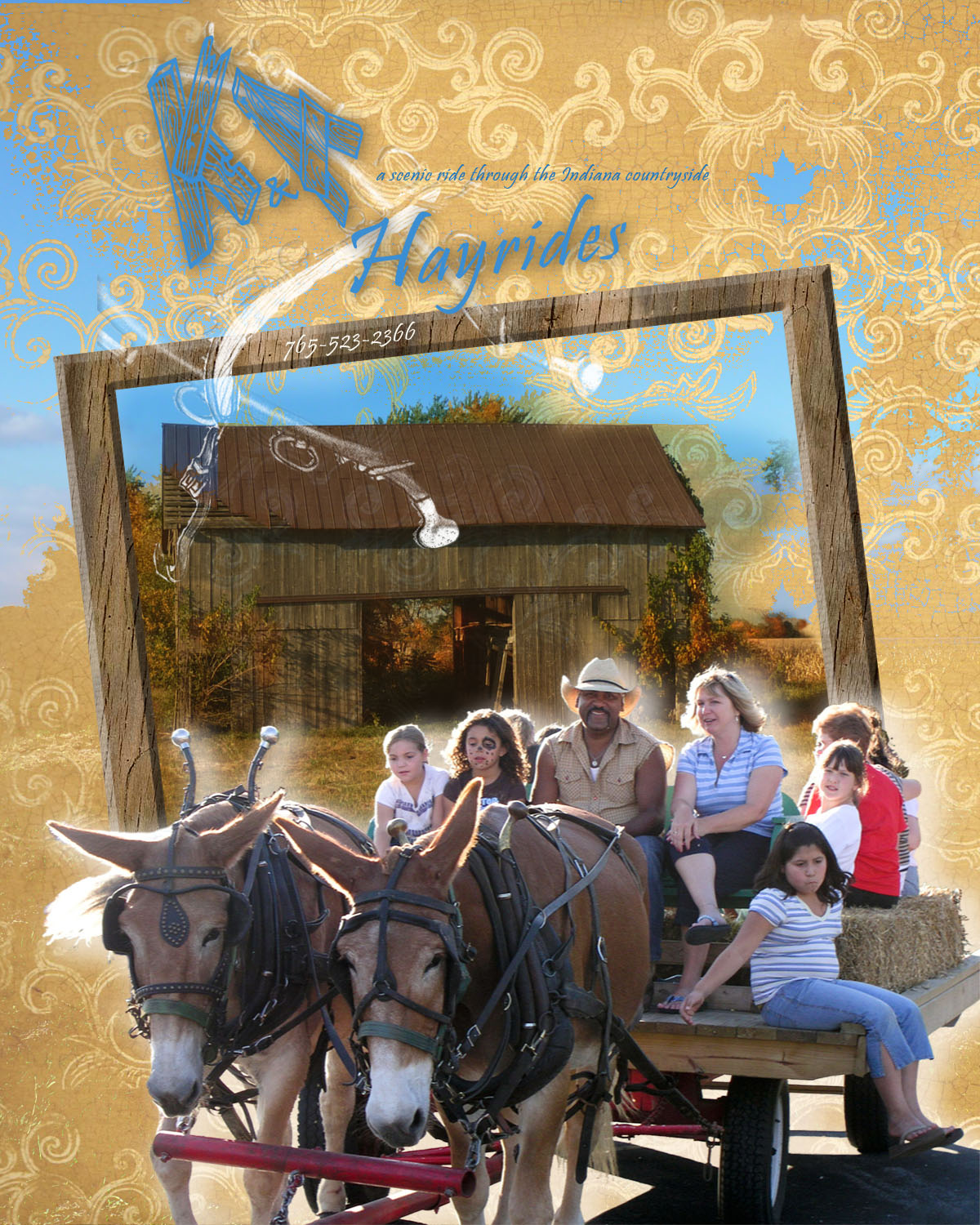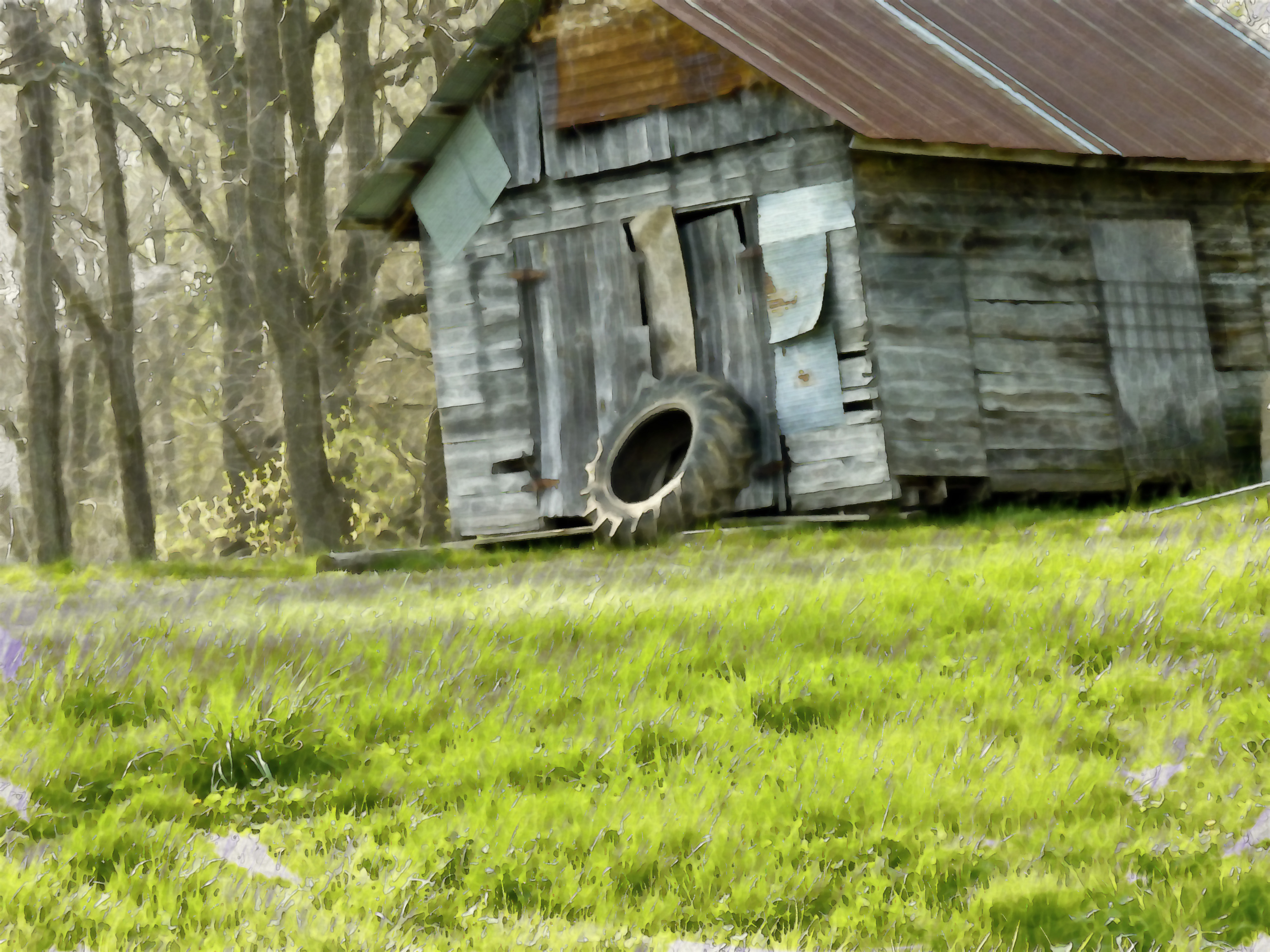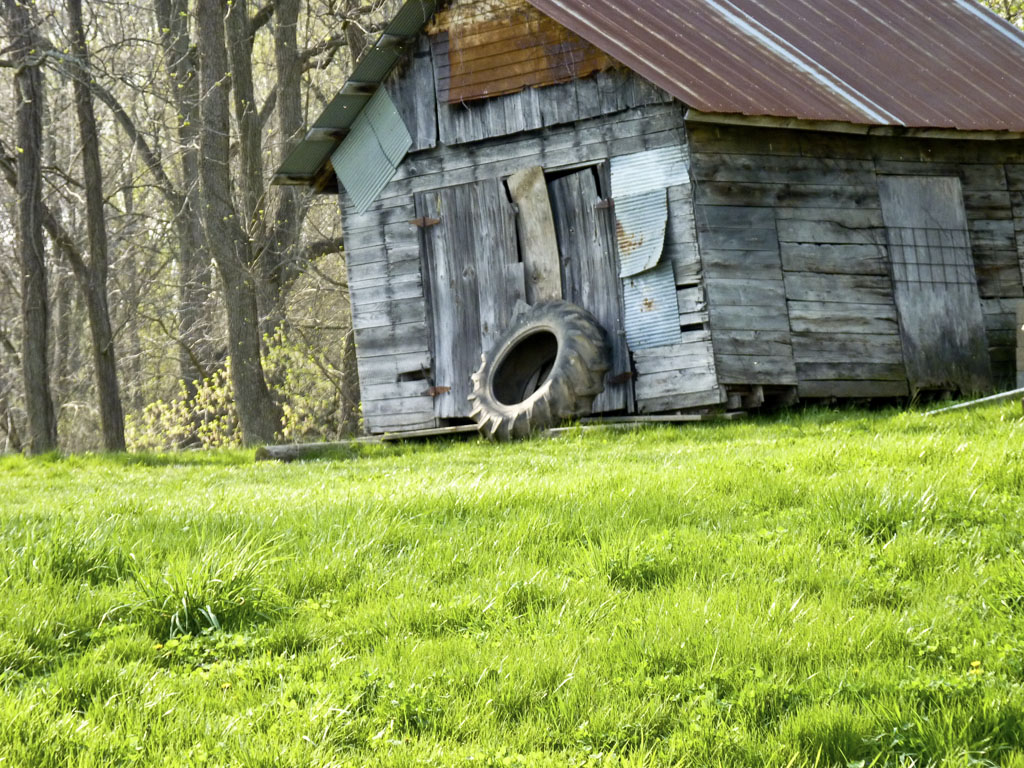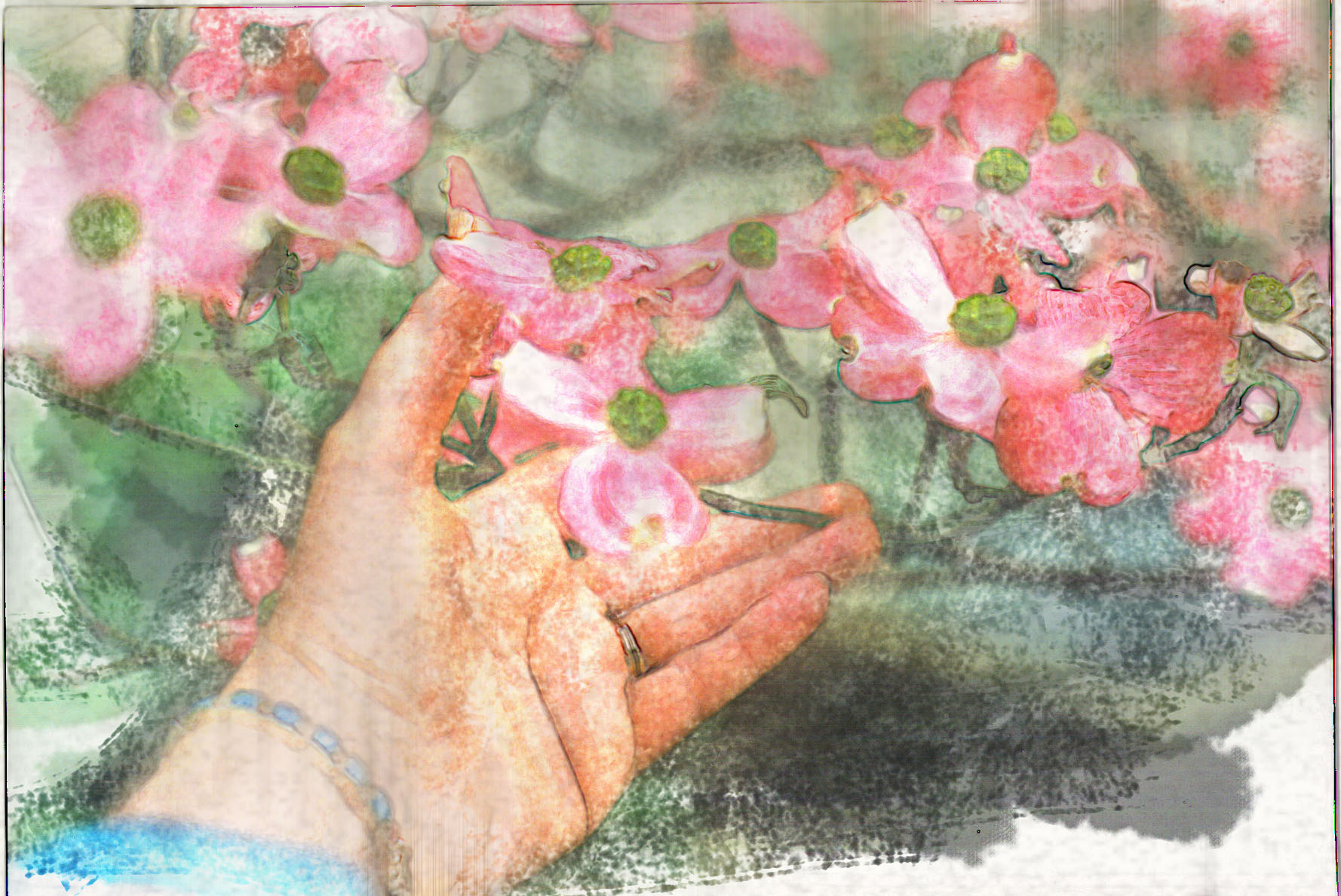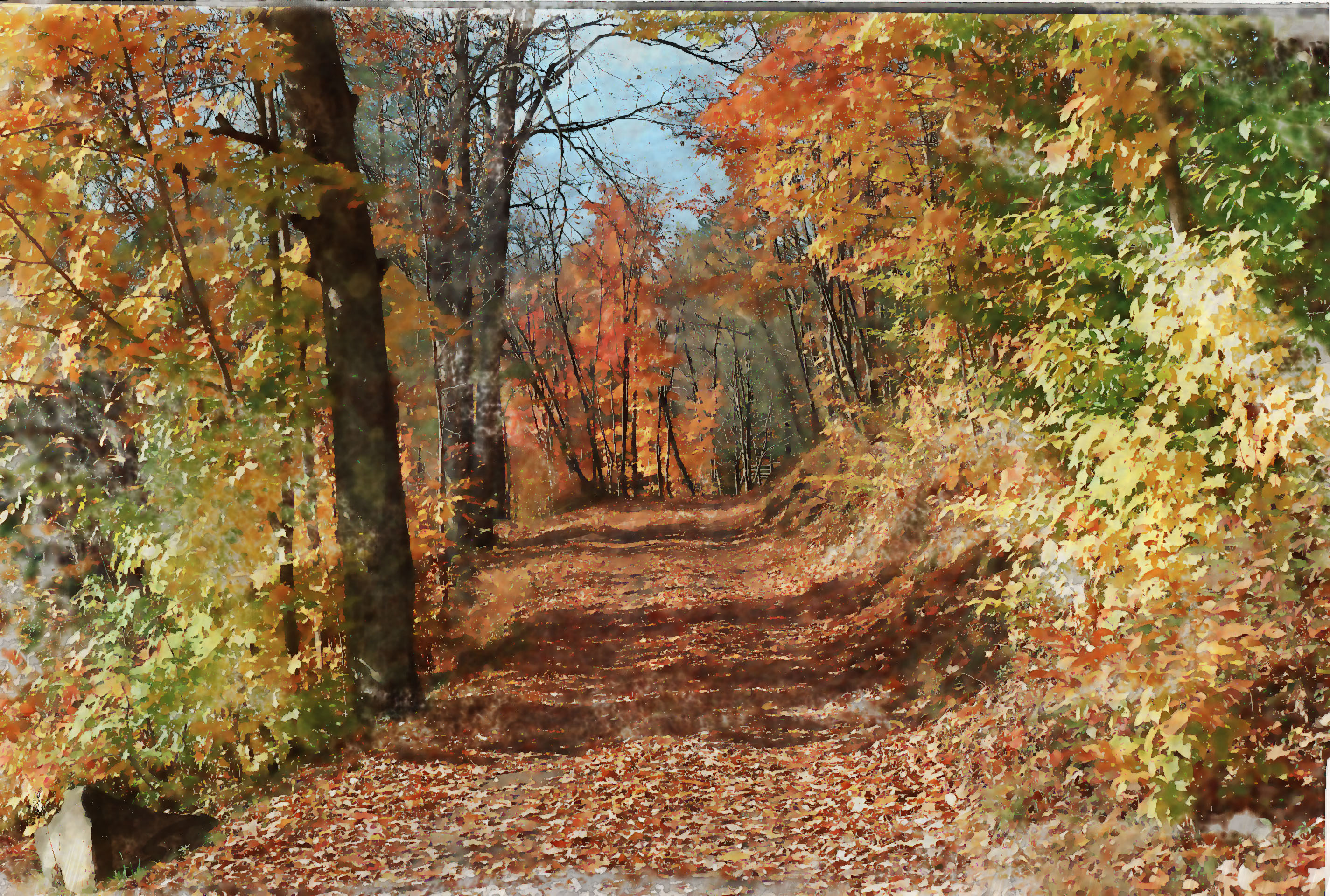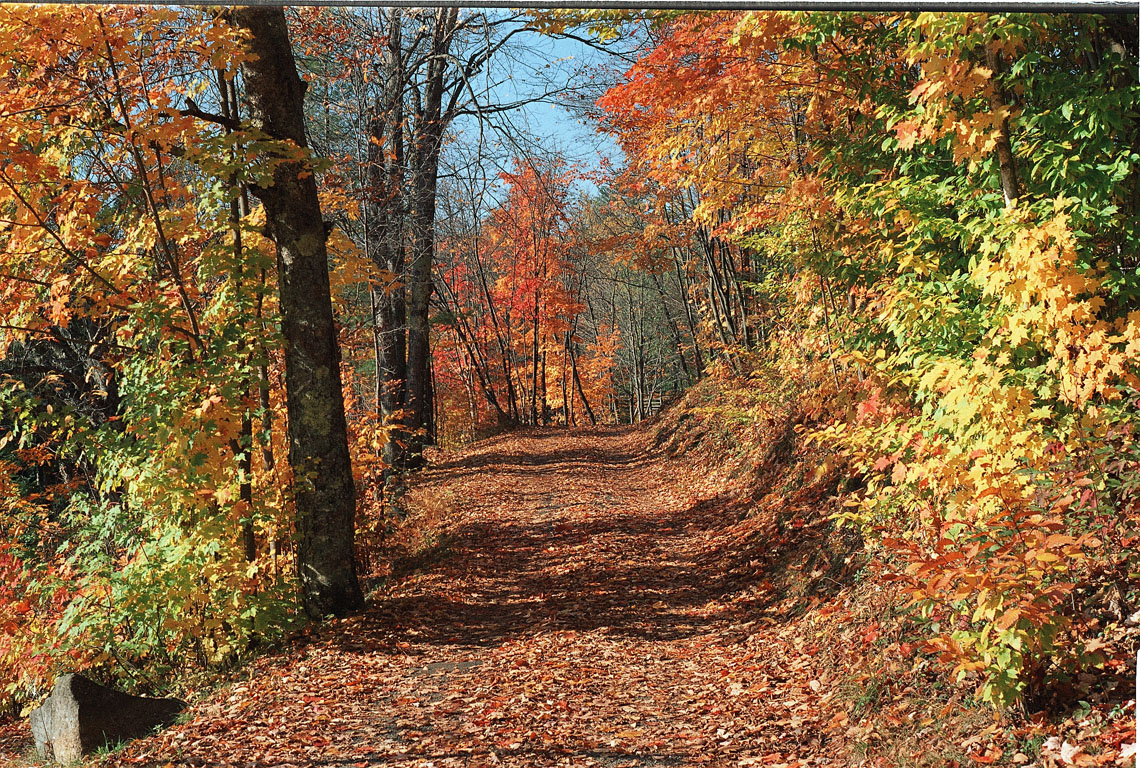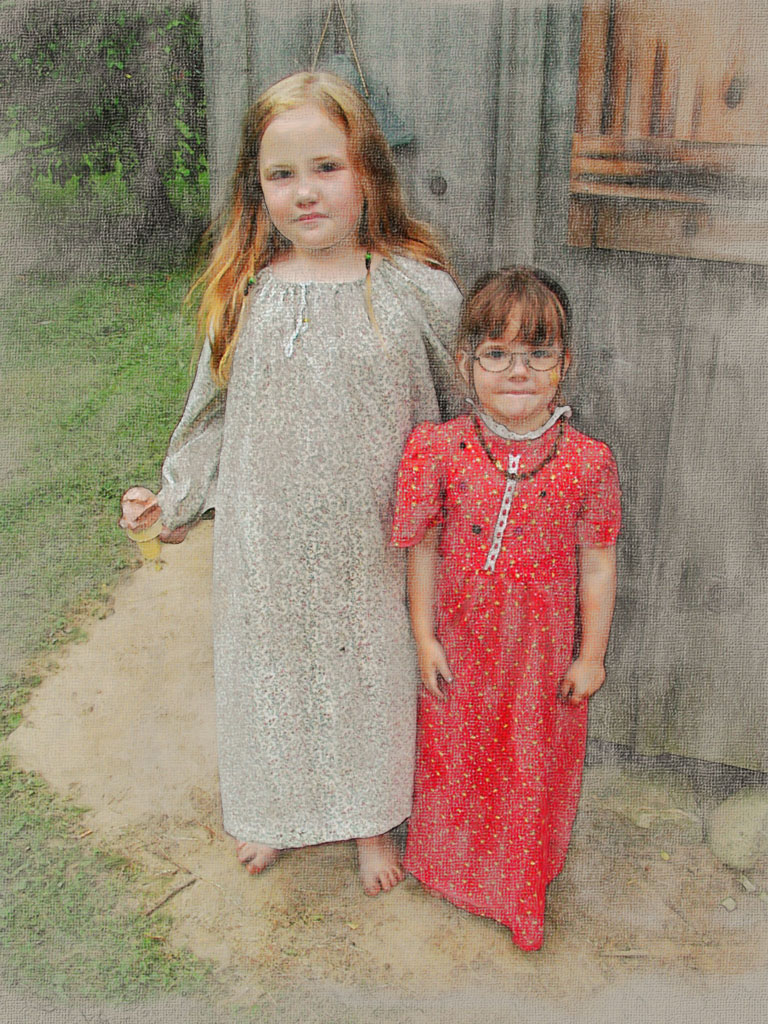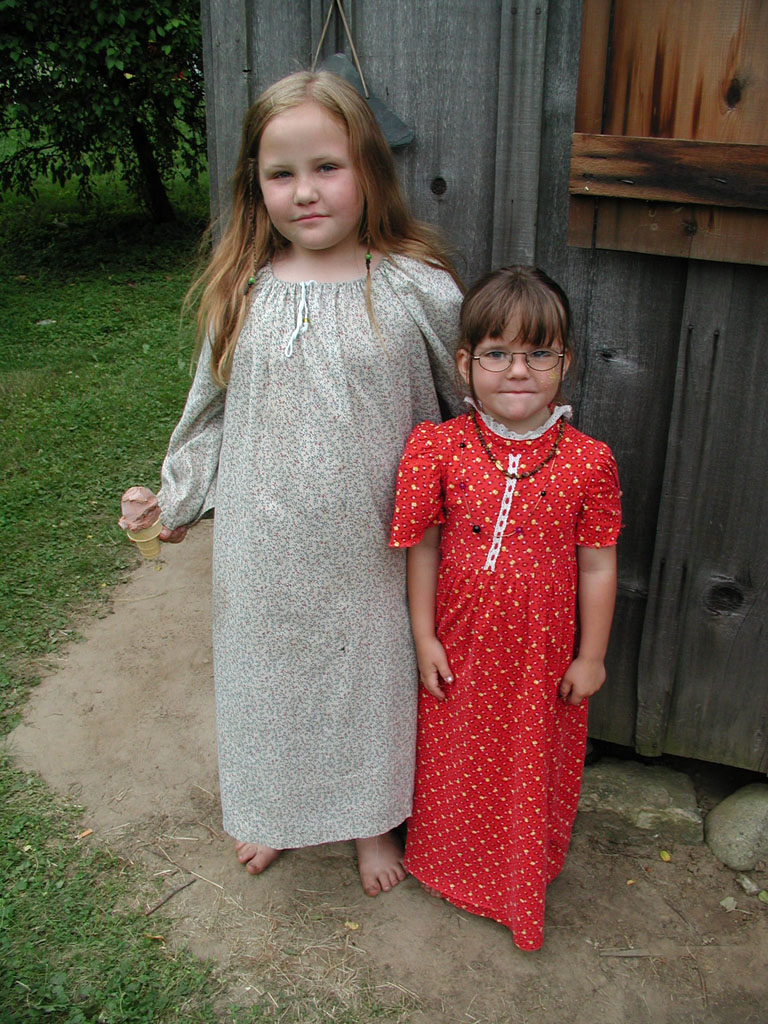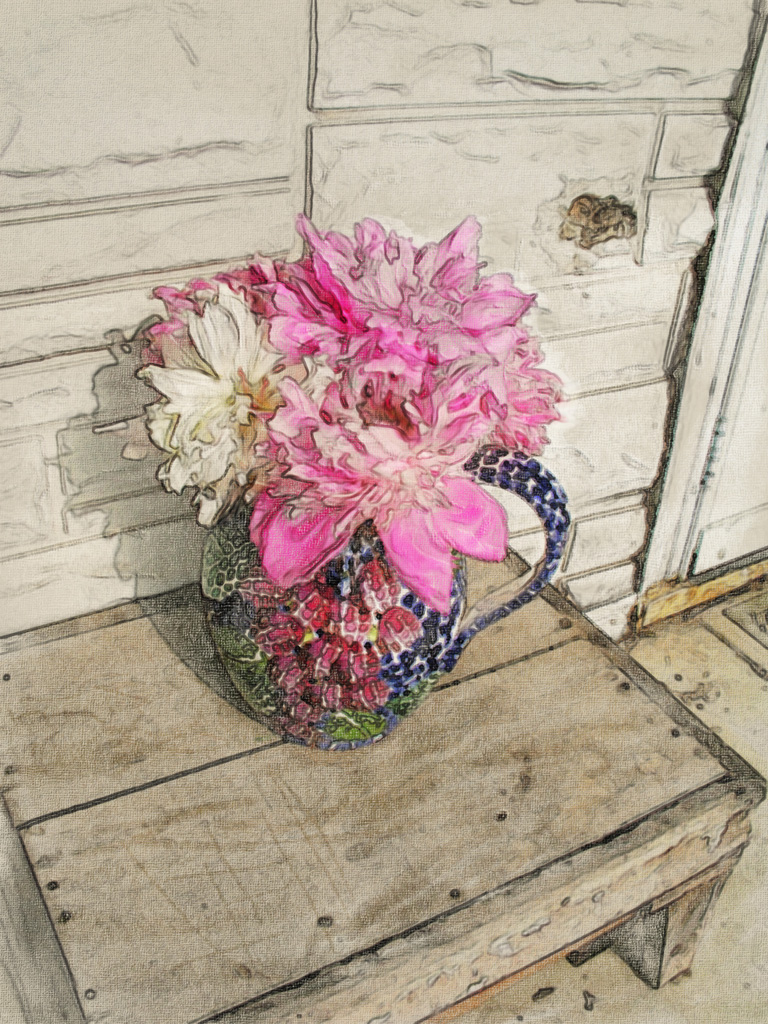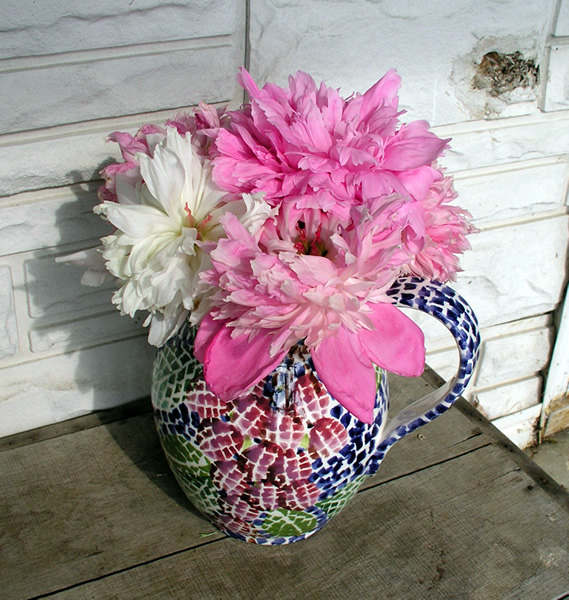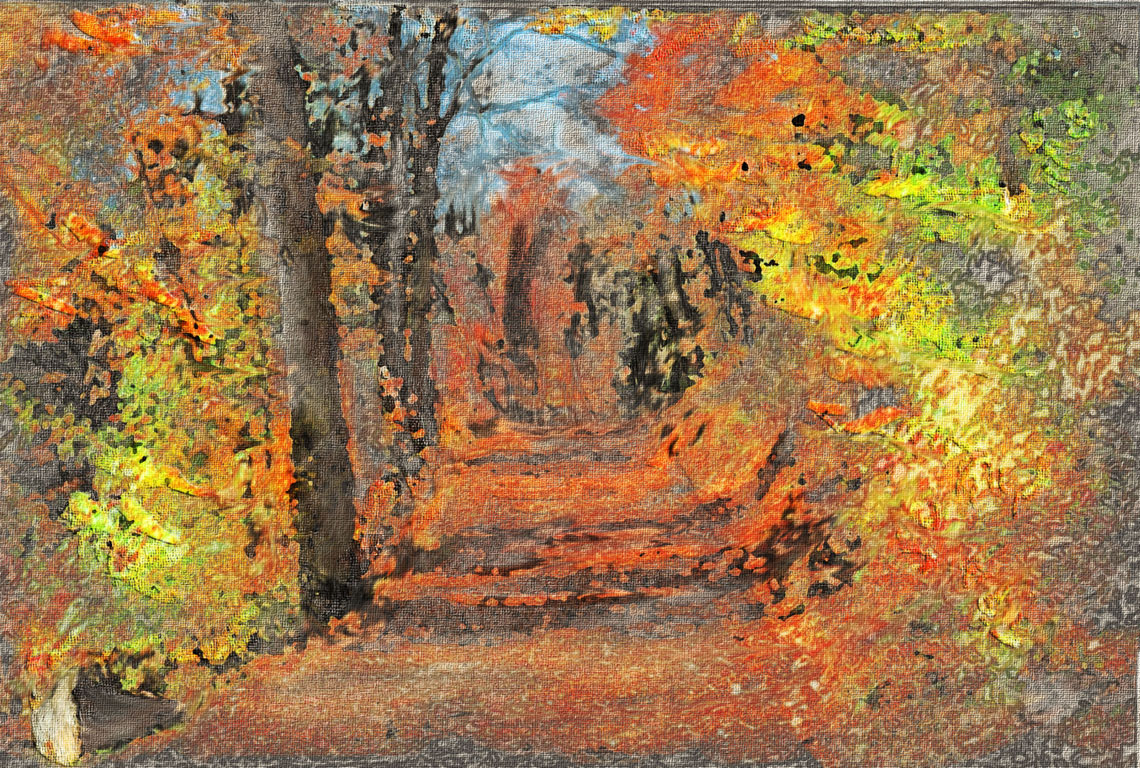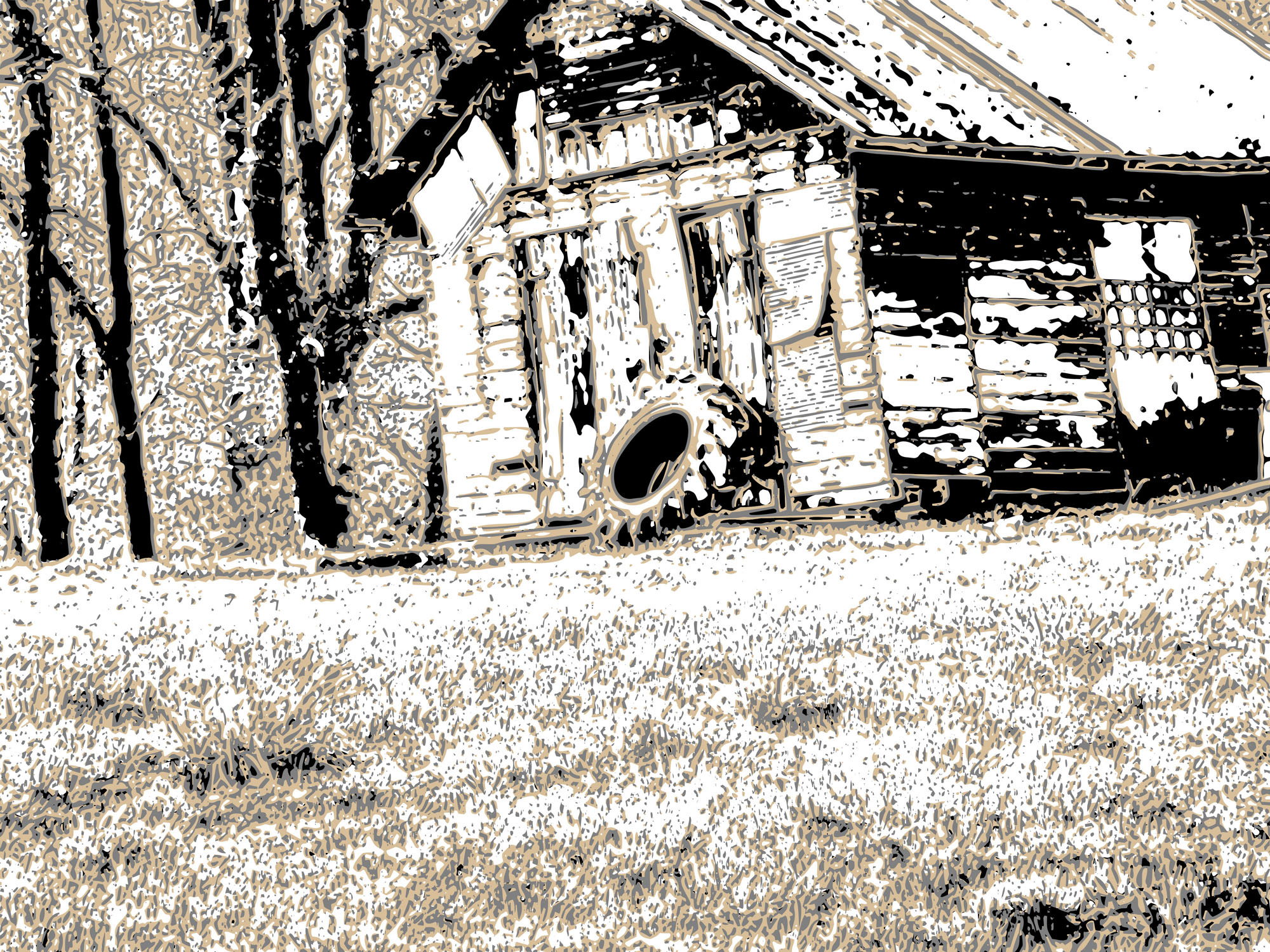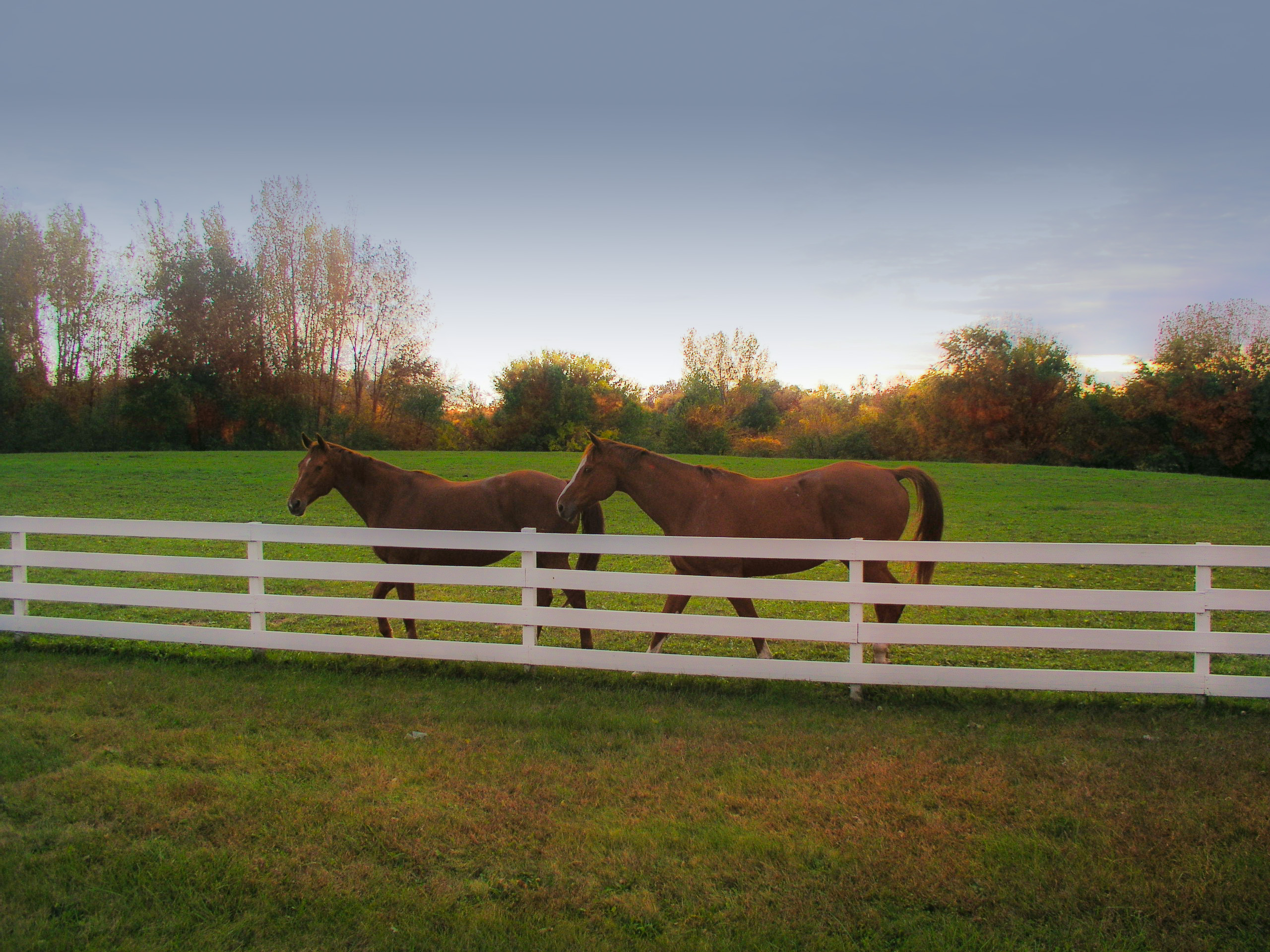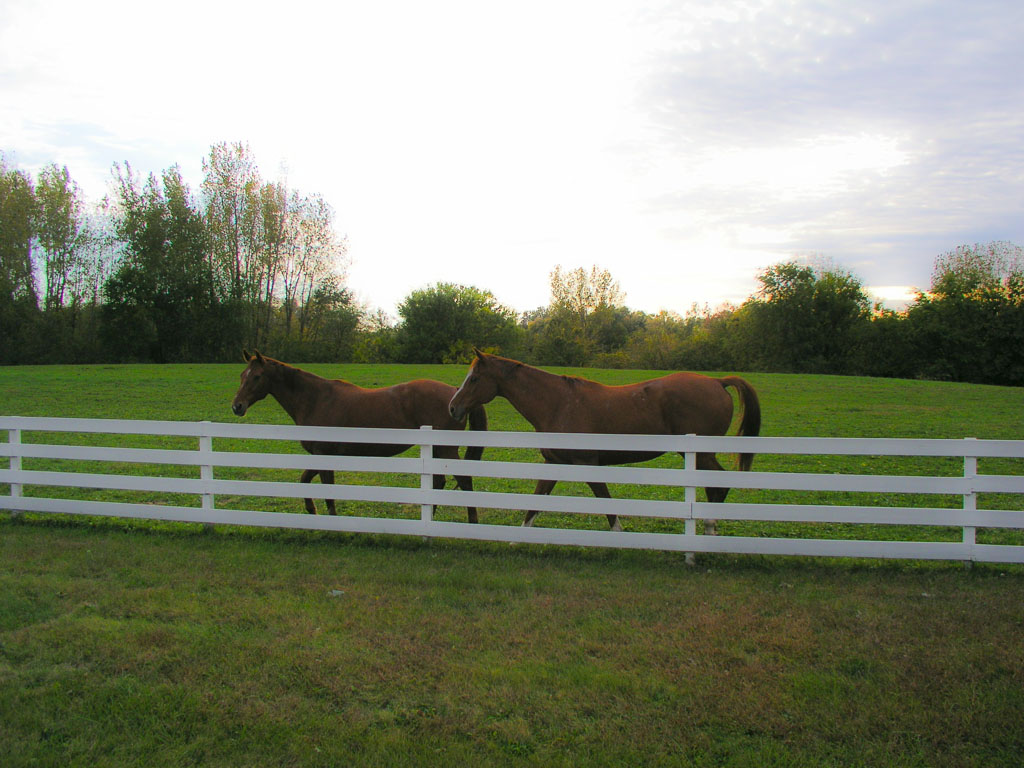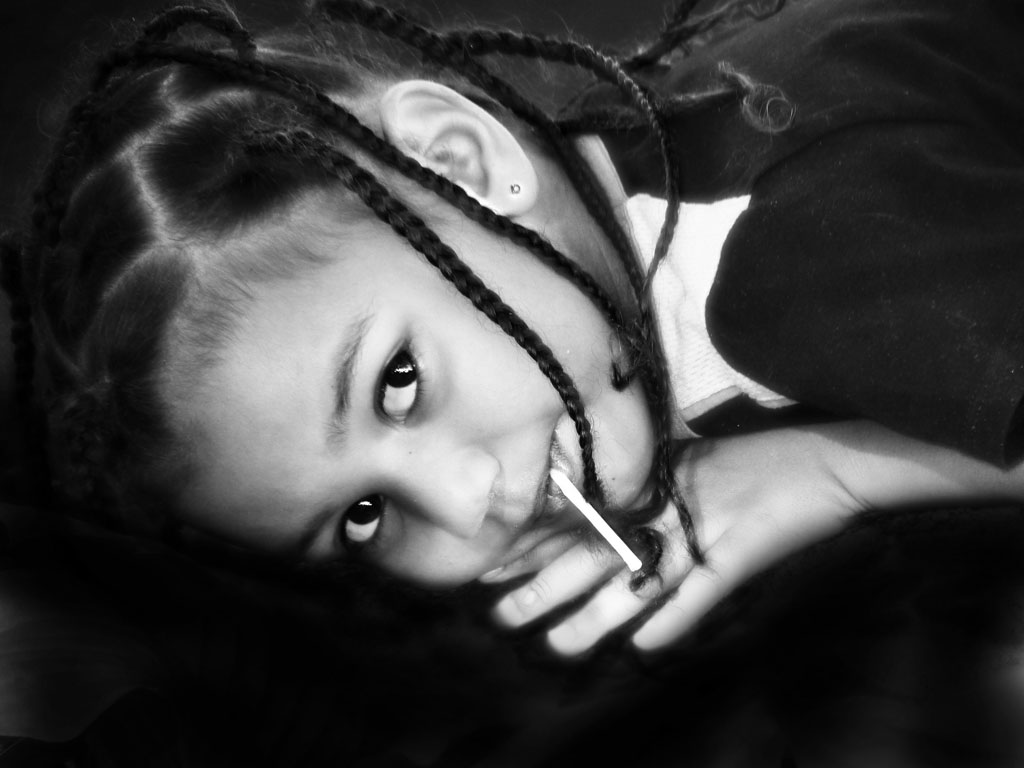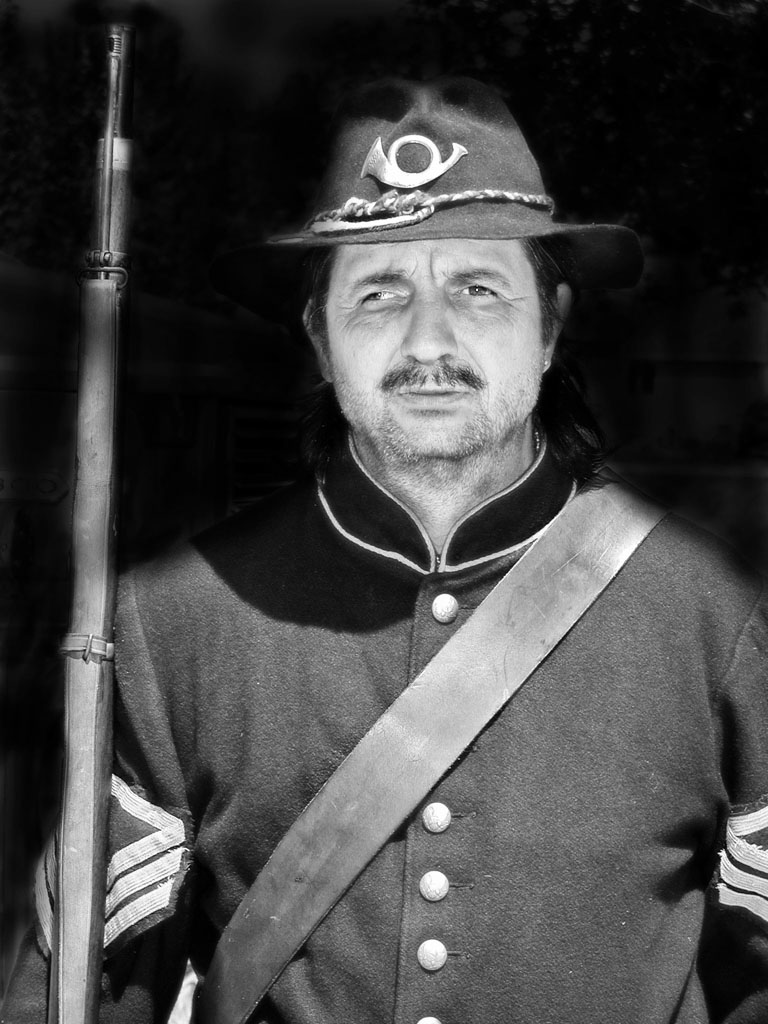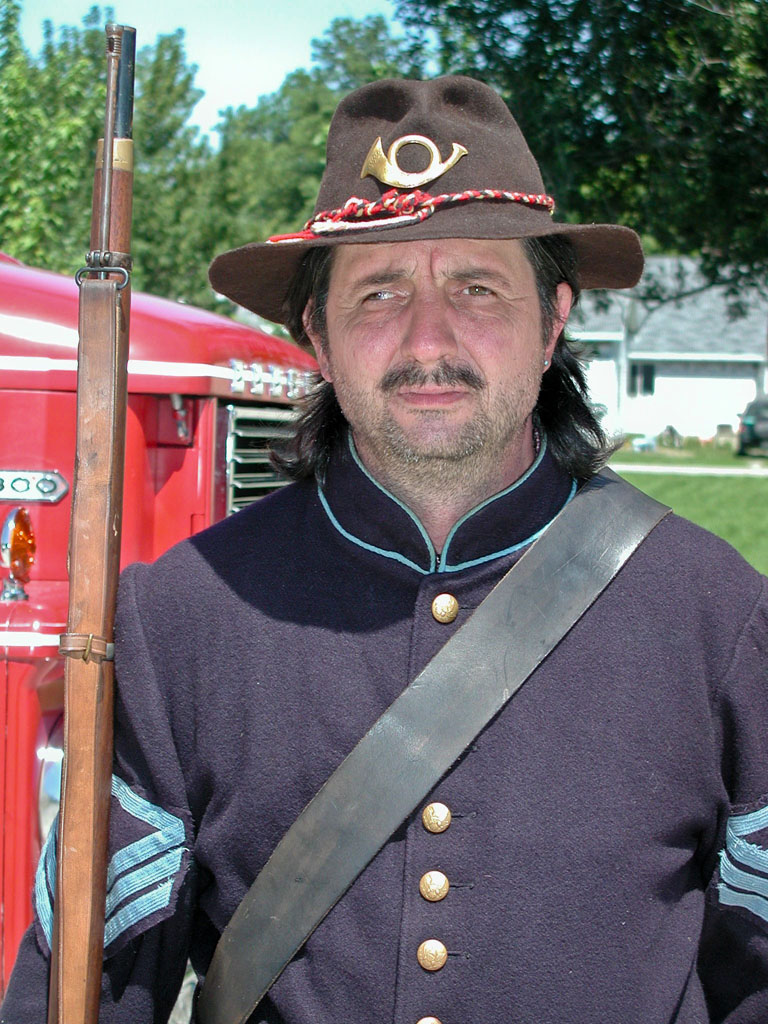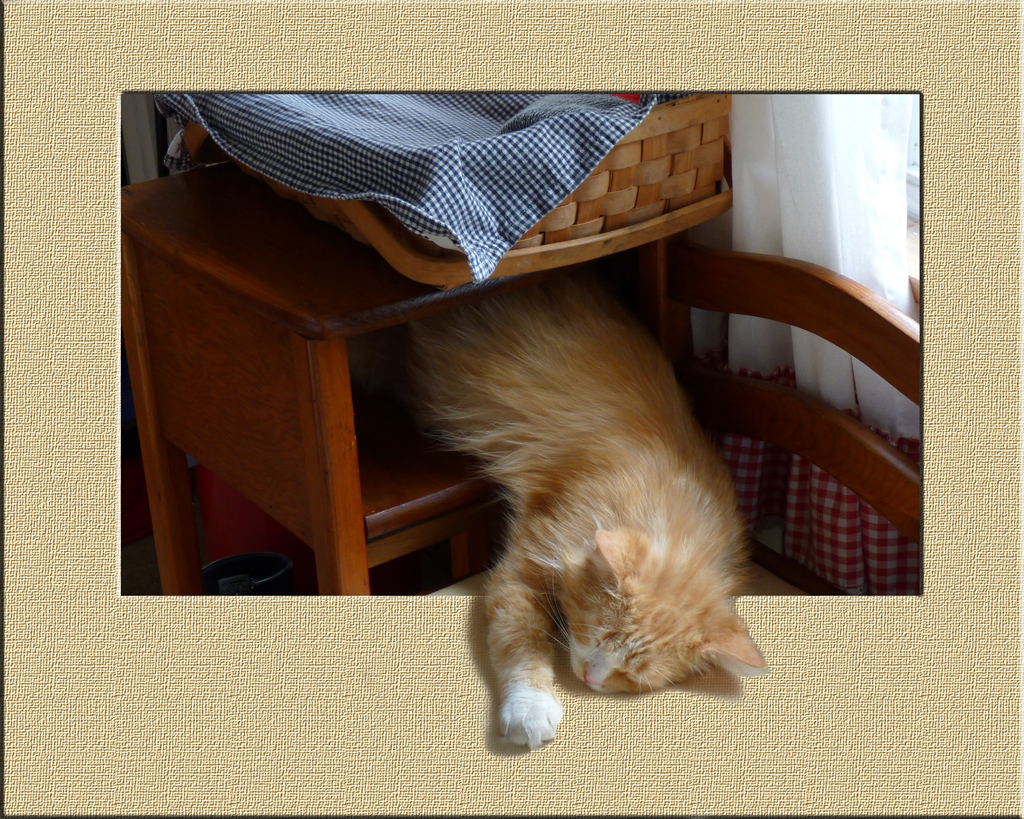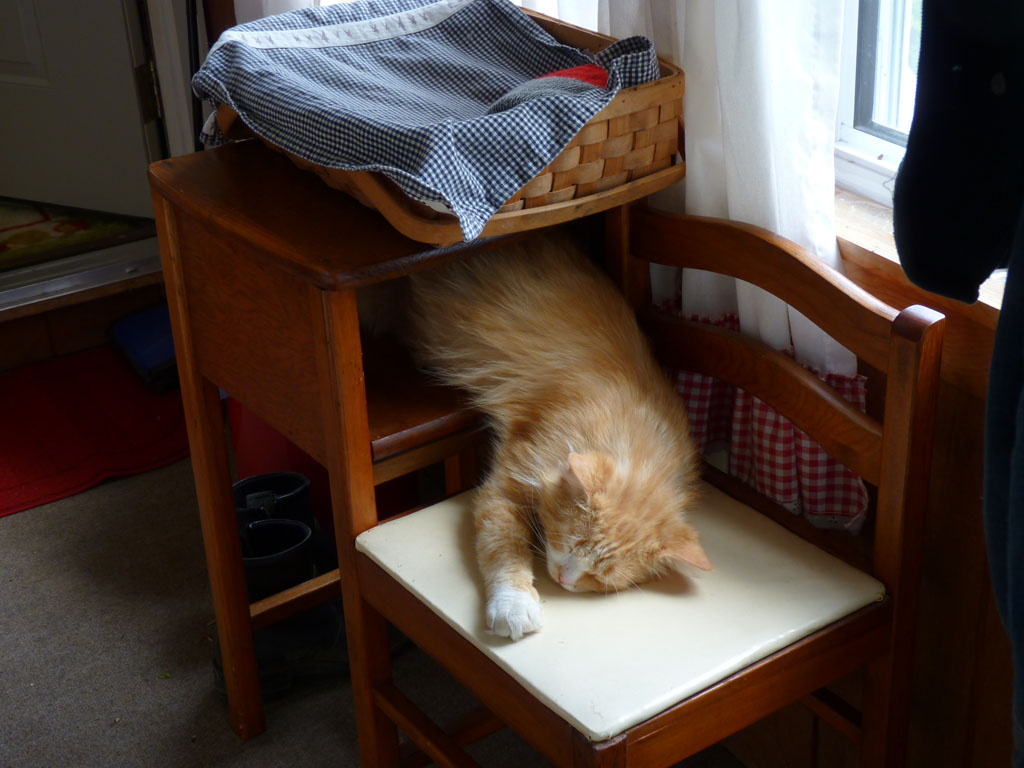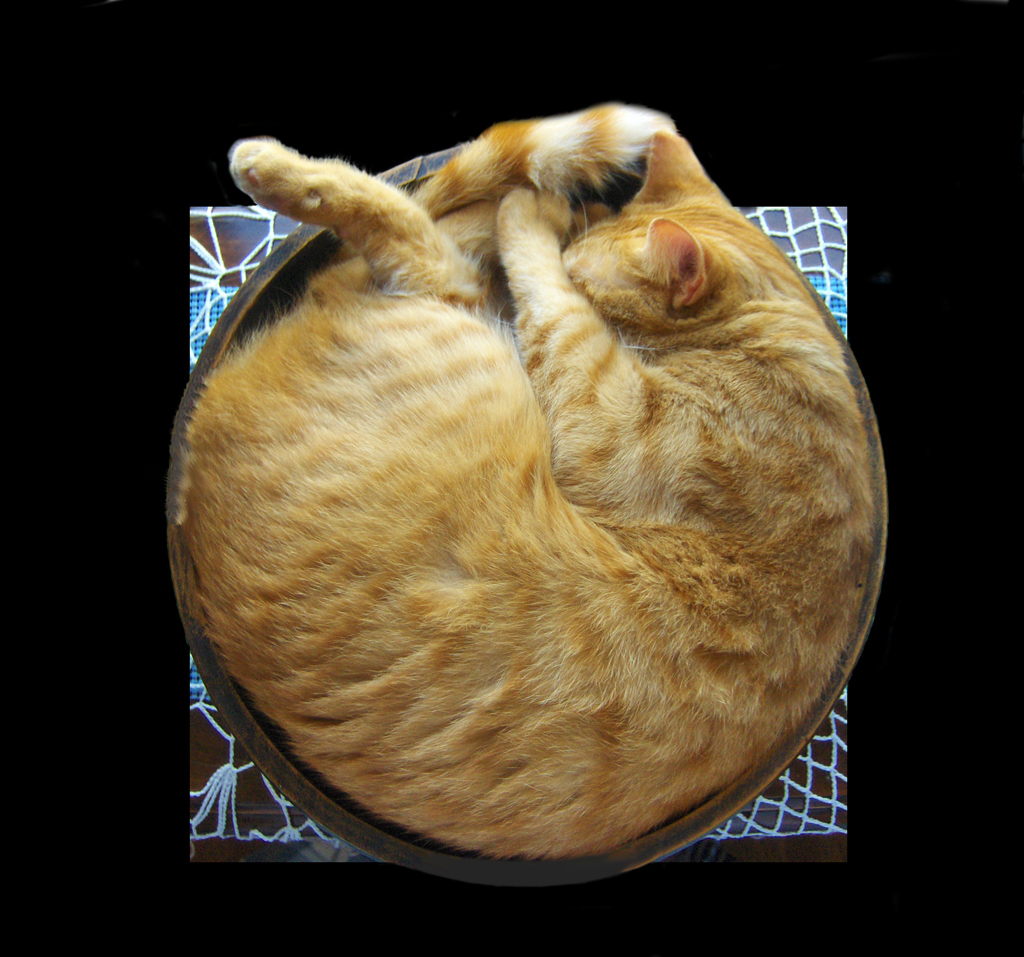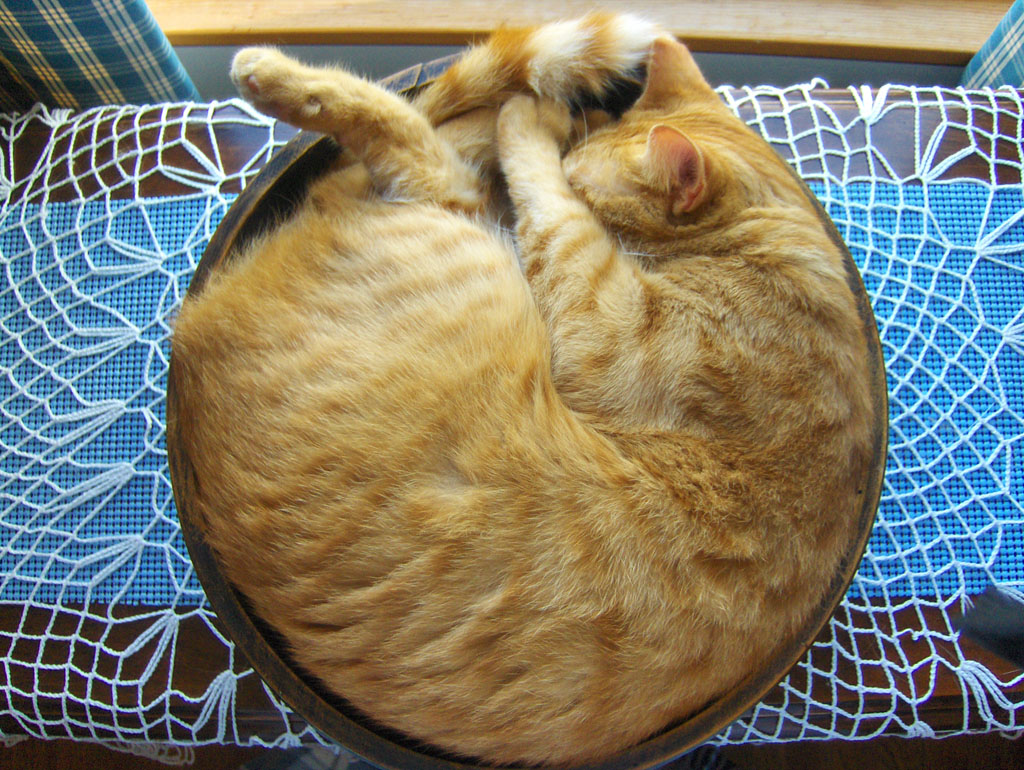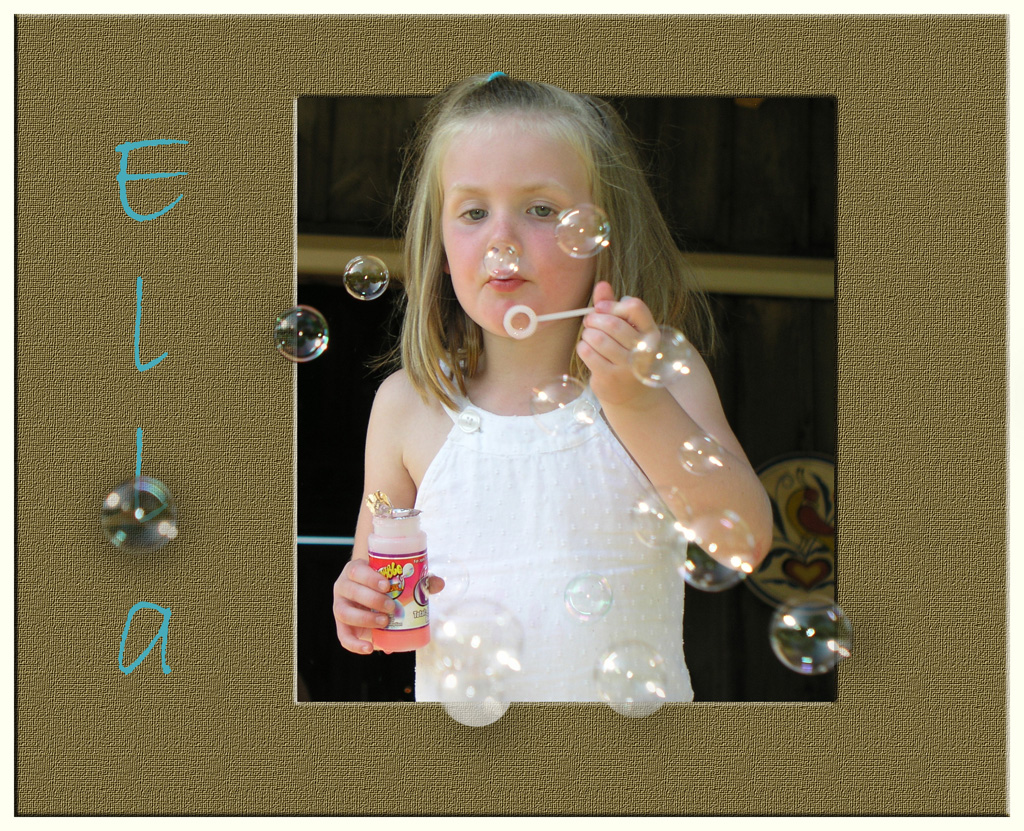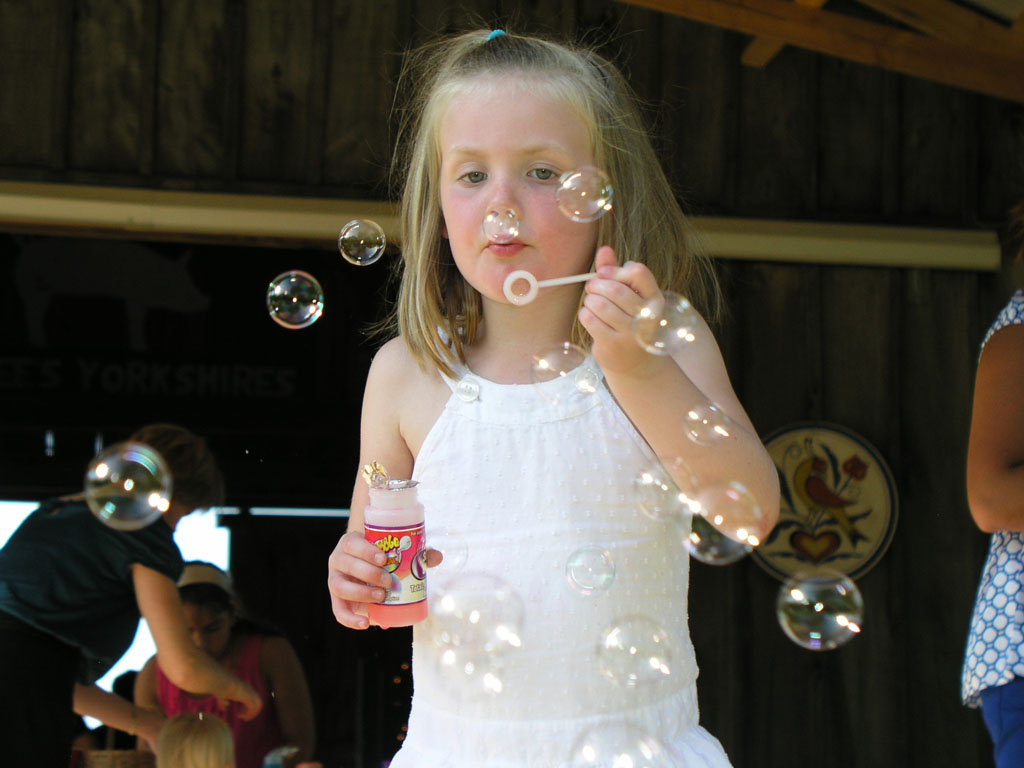So, even though I'd used (sometimes intensely) basic vector graphic tools first, I found Illustrator to be challenging. Of course it helped that some of the commands from Photoshop carried over to Illustrator. Two of our projects in Illustrator were to design a super-hero logo and a cd jacket for a band of our choice. I chose Sailor Moon as my super hero and combined two images to make it look like she was sitting on a moon (sort of like Betty Boop actually).
For my band, I chose Monkey Puzzle, a postmodern "rockapella" type group out of Bloomington, Indiana. I had heard them perform as the lead-in group for another singer at Lafayette's Long Center in the 90's. I don't know if they are still actively performing, but at the time I was so impressed, I bought both their CD's on the spot.
The CD cover project in particular was an excellent project to challenge me and help me to focus. I had to do a lot of research to find images and inspirations that fell within my ability to actually do something with them in Illustrator. Unfortunately, the approach suggested by our instructor - that of coming up with two drawings at the start - just didn't work for me. That was too top down - at least for this assignment. Instead I needed to search for bits and pieces, and try different things with them, and in the end was fortunate to put something together that worked. My instructor offered lots of helpful guidance to get my muse going. I also pulled the group's CDs out of my library and listened to all their music. I think that helped.
In the end, here's what I came up with:
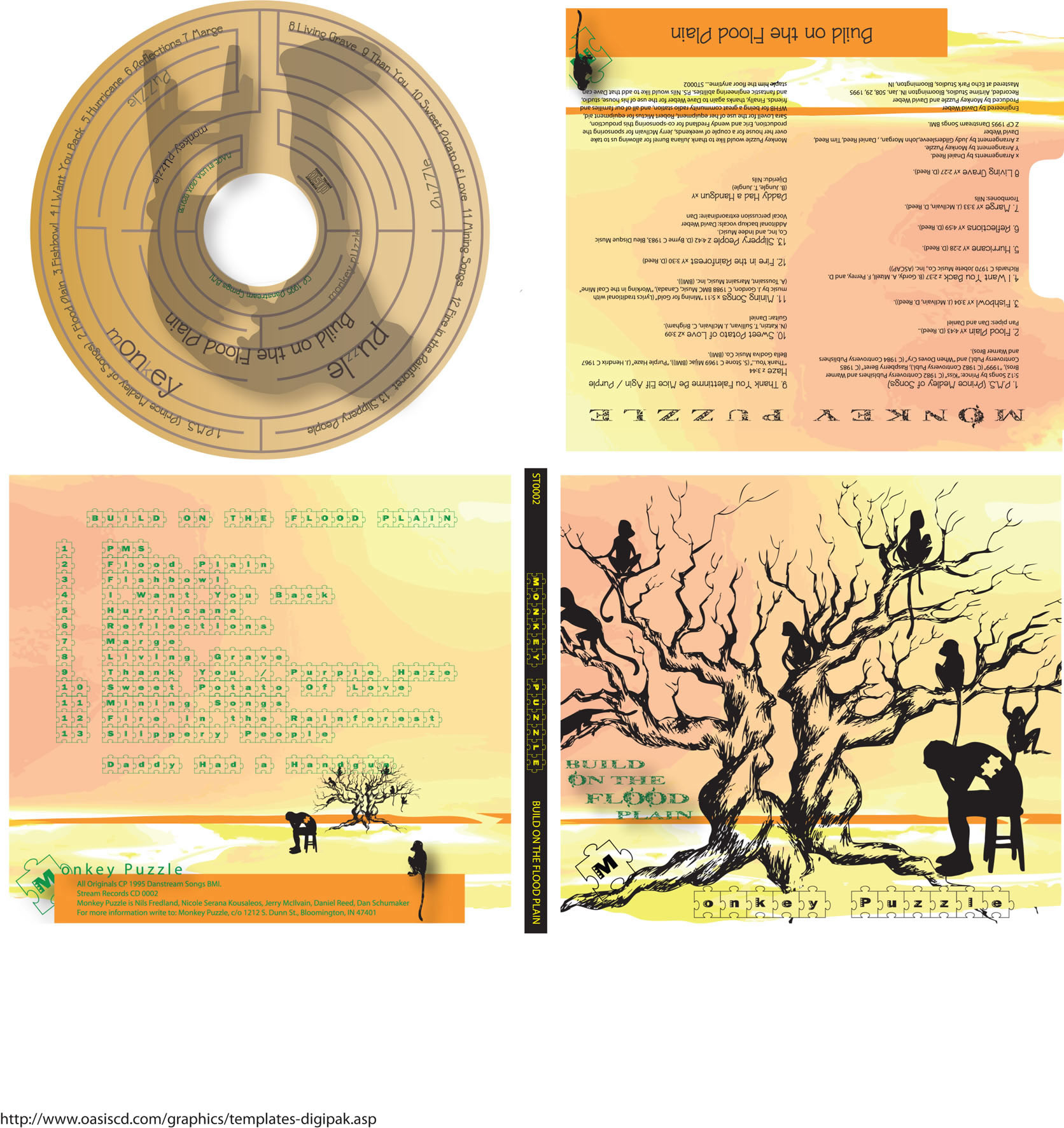
I have to give credit to 6 wonderful resources I found on the web which served as my inspirations:
- the Biffy Cyro Puzzle Album Cover
- the wonderful family tree drawing (for which alas I can no longer locate the website)
- the yellow sky image
- the labyrinth graphic
- the gemfonts failed font
- the hanoded photography fancy rainforest font
Also, apologies to Monkey Puzzle for changing the name of their CD to one of my favorite songs on it.
Reflecting back on the semester, I am still struck by the strong psychomotor component involved in learning how to use Photoshop and Illustrator. Never has that been so apparent in my other computer classes - but then again, while art and programming both involve design, the root of art lies in actually being able to take a pen, pencil, brush, or some artistic tool and render something amazing. So why should that be any different just because the process now takes place on a computer?
JuneBug


